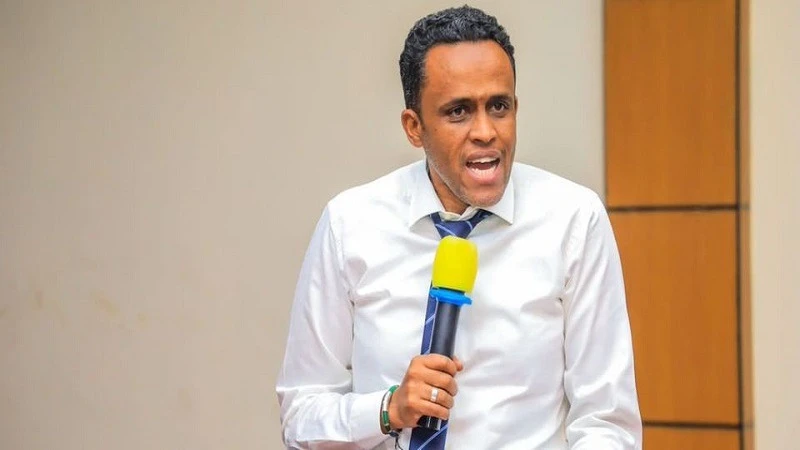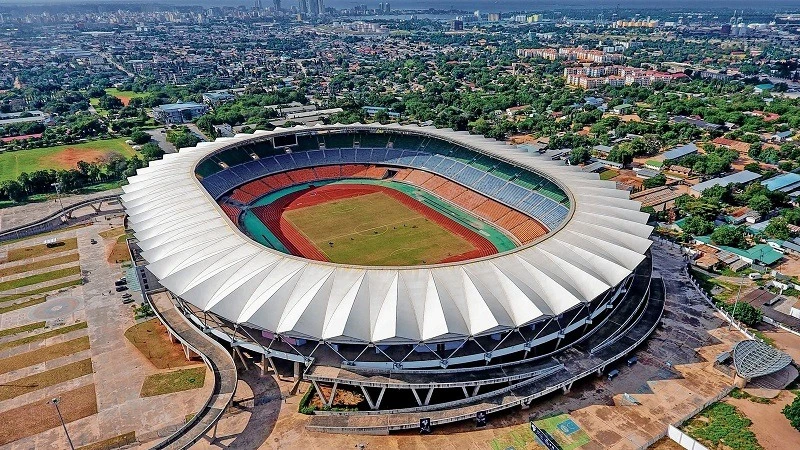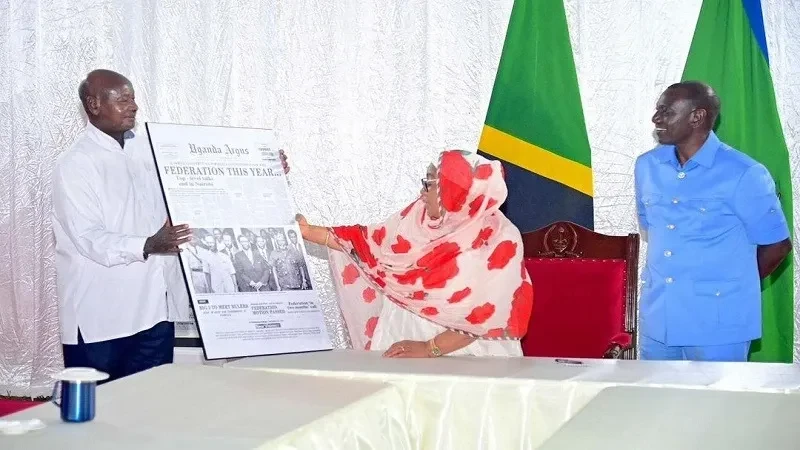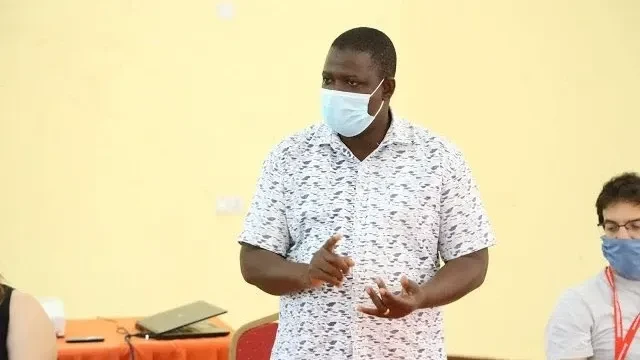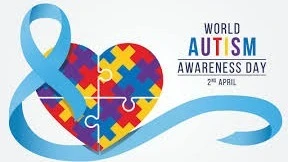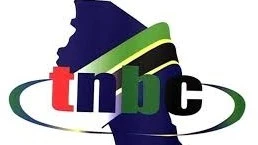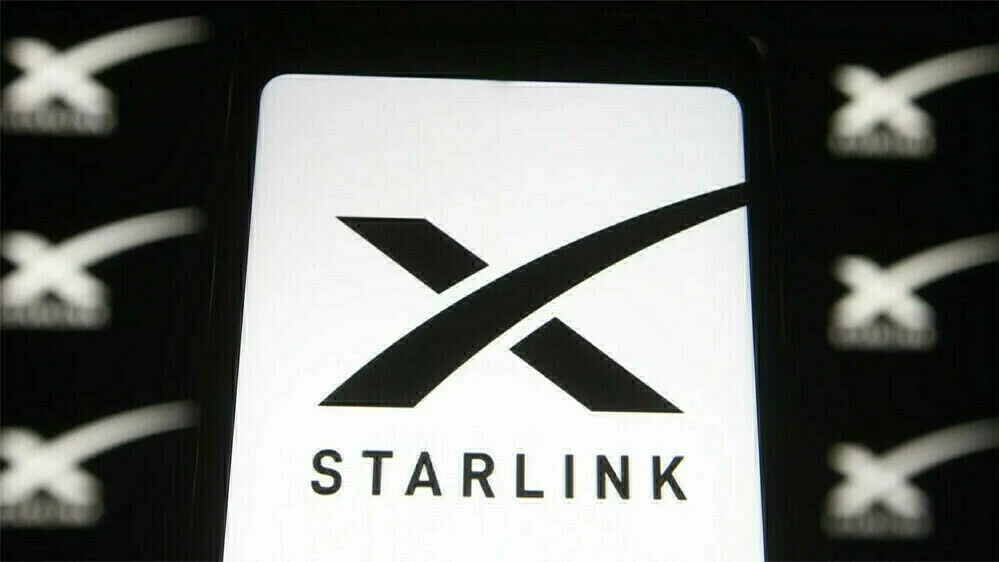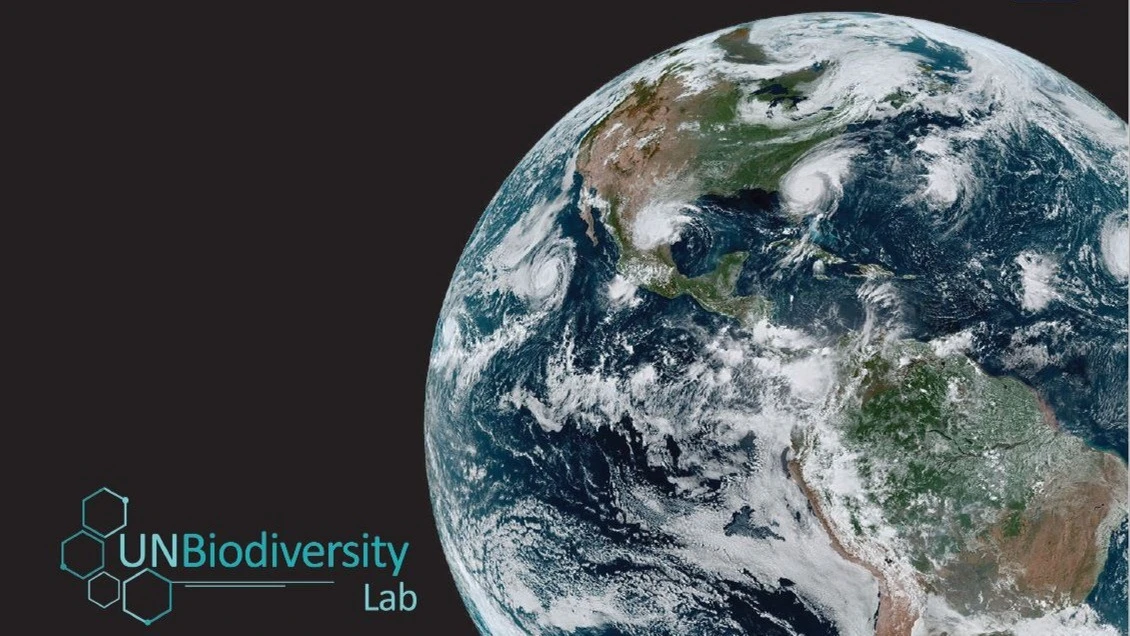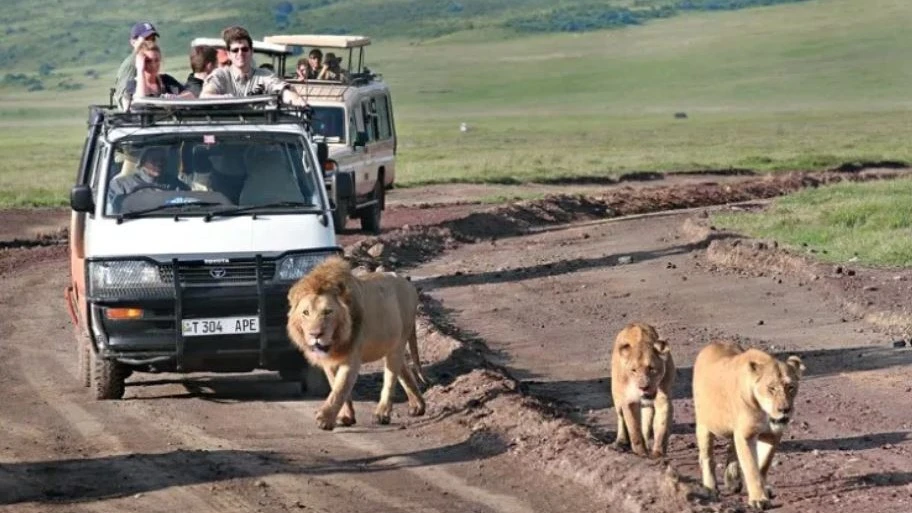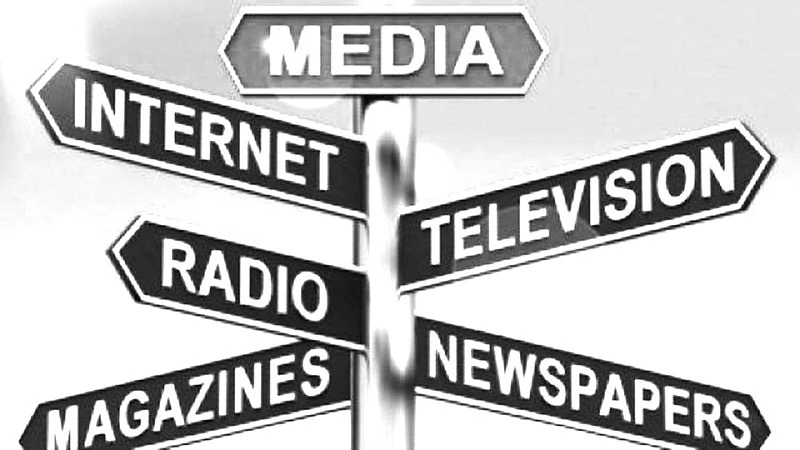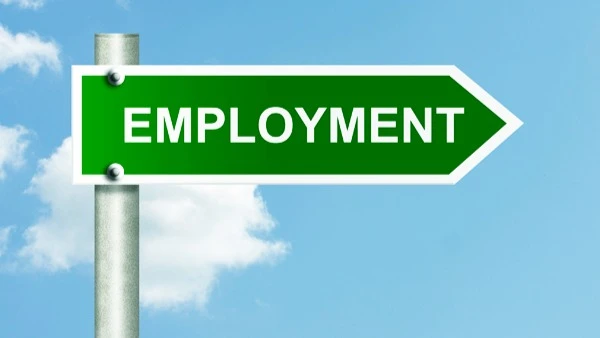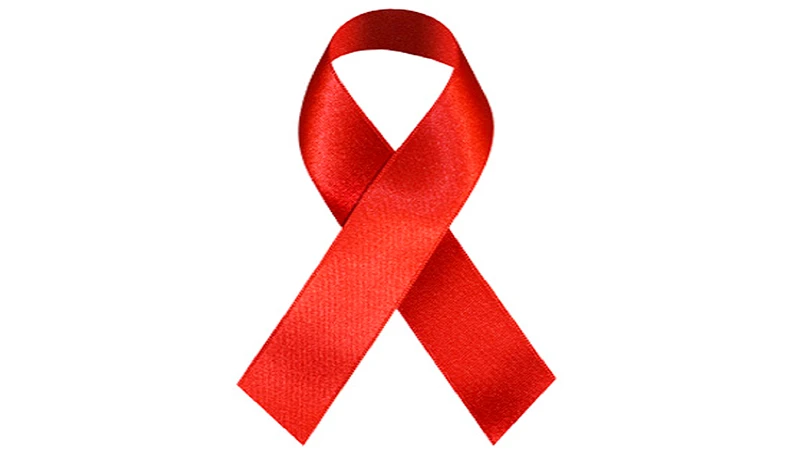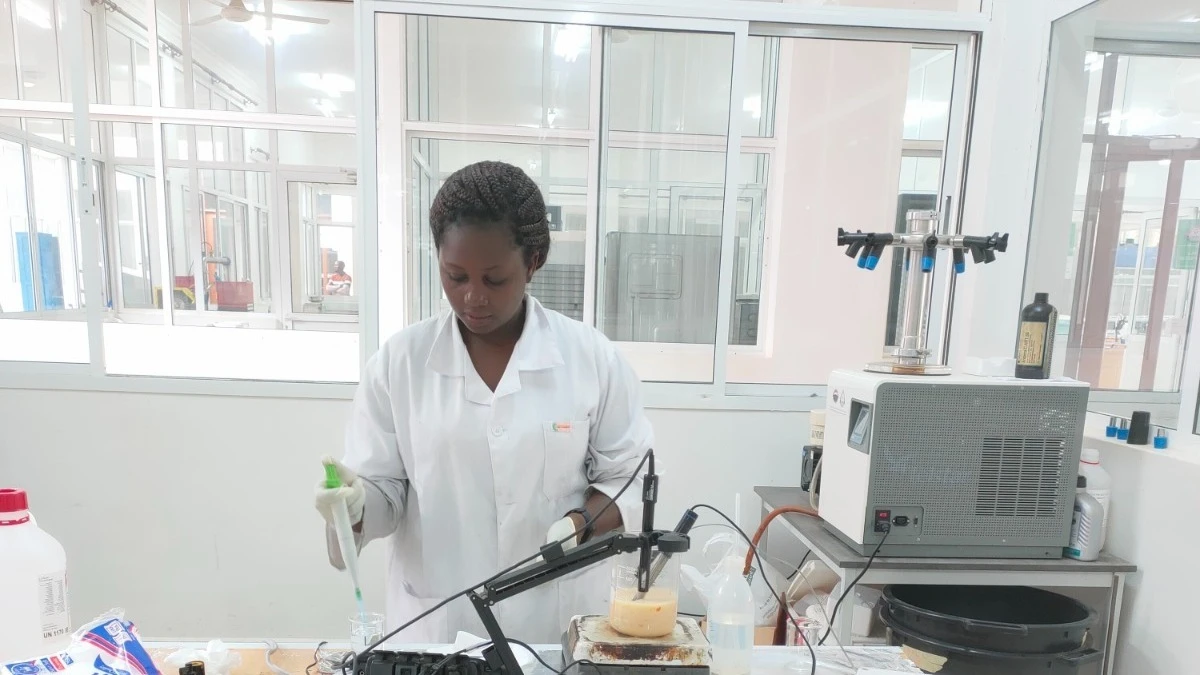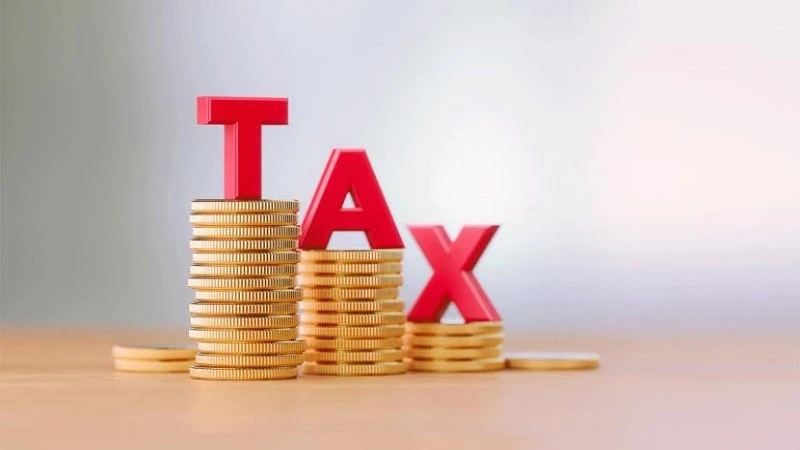Commuter bus e-ticketing appears all but ‘explosive’
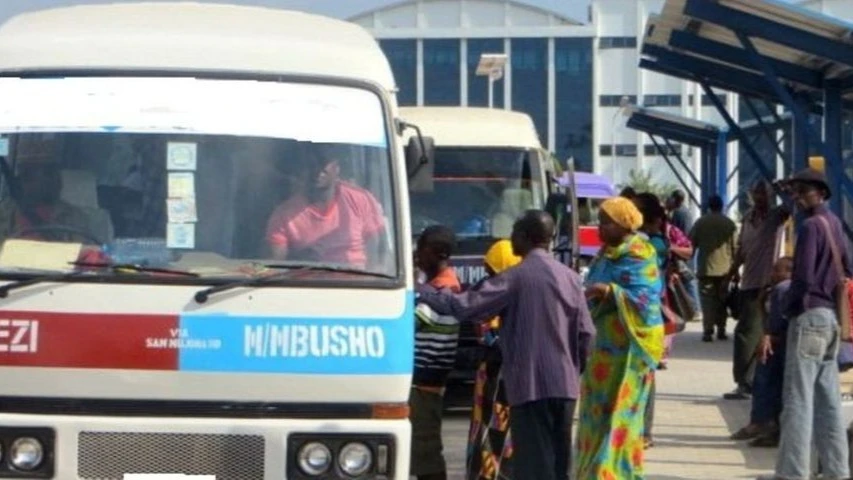
THERE has recently been talk of plans to apply an electronic ticketing model to Dar es Salaam city commuter buses, ostensibly to improve efficiency, transparency and revenue collection in the transport sector.
This isn’t exactly a done deal, but launching official canvassing for the idea prepares the way for its formalisation and then a rough start to its application on the ground.
It is unclear where else in the region and perhaps much further e-ticketing is made applicable to commuter buses as total formalisation.
A communications official with the Land Transport Regulatory Authority (Latra) has spoken on the importance of investing in e-ticketing – at the launch of a carefully designed ‘daladala experience’.
The theme featured was a bit academic, suggesting that it was intended for an audience rather than passengers, when it talks of ‘exploring Tanzanian identity through immersive art’.
Earlier, there was a meeting between traffic police officers and drivers of upcountry buses on the need to observe ‘etiquette’ in general and the use of polite language in particular.
Public transport certainly plays a decisive role in the lives of millions of people, from the popular daladala minibuses to the Dar es Salaam Rapid Transit (DART) system and, lately, the standard gauge railway (SGR) as summarised in the LATRA documentary.
It neatly skipped over the regular city rail transit service that is close to the commuter bus experience and which would probably have been run far more efficiently were it in the private sector.
With ticket prices or fares low, the taxation has to be low as well, not sharing out revenues as e-ticketing would definitely mean or imply.
It was surprising that the documentary needs to be viewed by the authorities concerned as a valuable resource for understanding the people’s daily lives, challenges and potential solutions for public transportation.
This demanding use of commuter buses calls for e-ticketing investment rather than e-ticketing as a solution, where it would be explicit that fares will not rise – which is impossible.
The point is that electronic devices are becoming the right tool for levies and taxes; it is easy to administer taxes that way.
More to the point, though, is that the communications official noted that the documentary highlights overcrowding, safety concerns and inefficiencies in fare collection.
Where e-ticketing could address some of these challenges it would streamline payments, reduce the incidence of fare disputes and enhance revenue management.
It is easily the last element that counts in that commuter bus operators would work in a three-way sharing modality, not between bus owners and crew but involving owners, crew and the government in relatively comparable amounts. The result could easily be crippling private buses and expanding DART services.
Explicit publicity stunts like ‘daladala Xperience’ showcasing innovative technologies or intersection of art, technology and culture “as seen through the transport system” may excite administrators, but the bottom line is the fare level.
The taxes the government has been collecting are nearly constantly rising, so it is relevant to systematise formal sector tax sources of revenue, while also amplifying the public-private partnership format to elicit higher levels of financing for development projects.
Taking the revenue drive deep into informal sector sources by e-devices could prove a sour fruit.
Top Headlines
© 2024 IPPMEDIA.COM. ALL RIGHTS RESERVED


